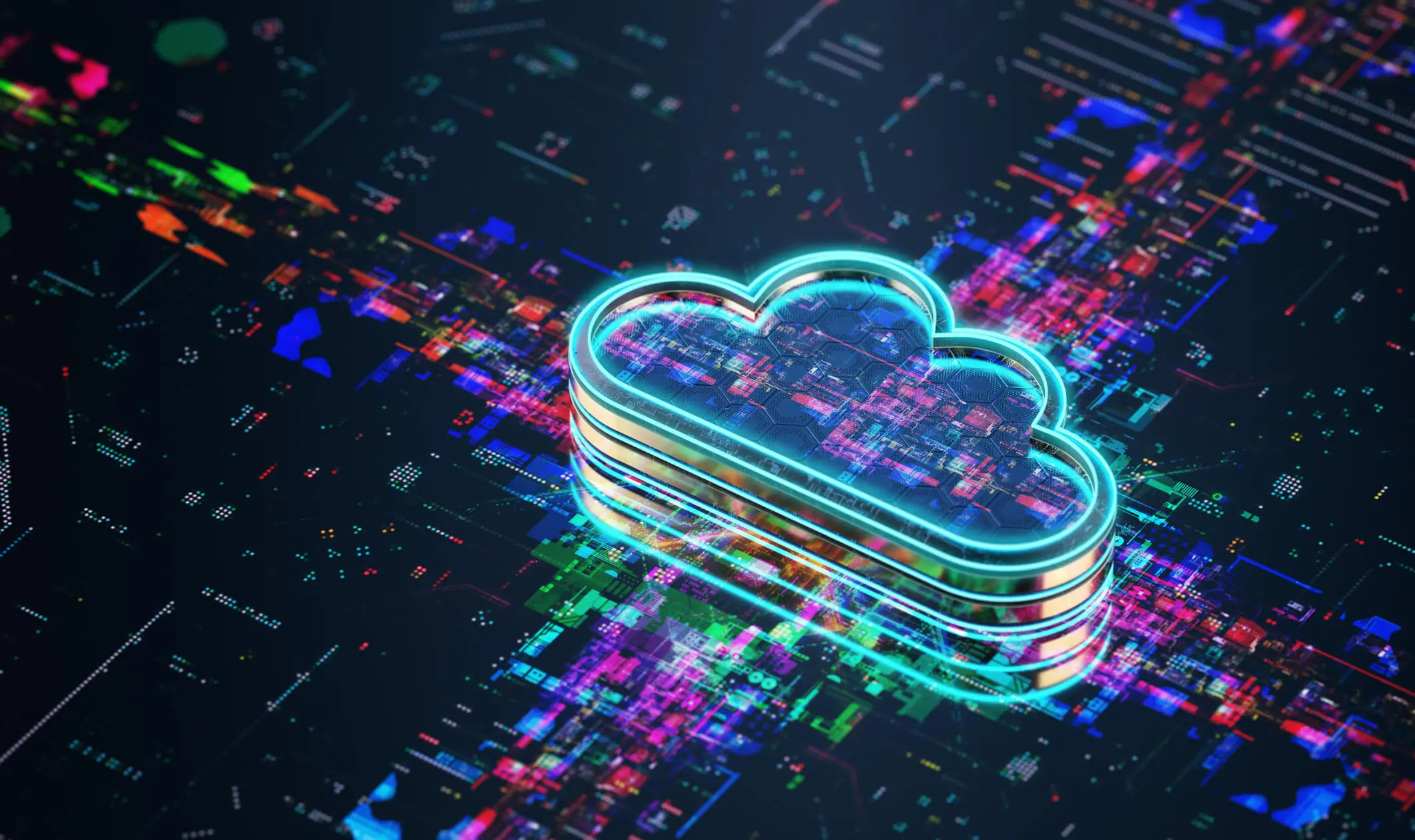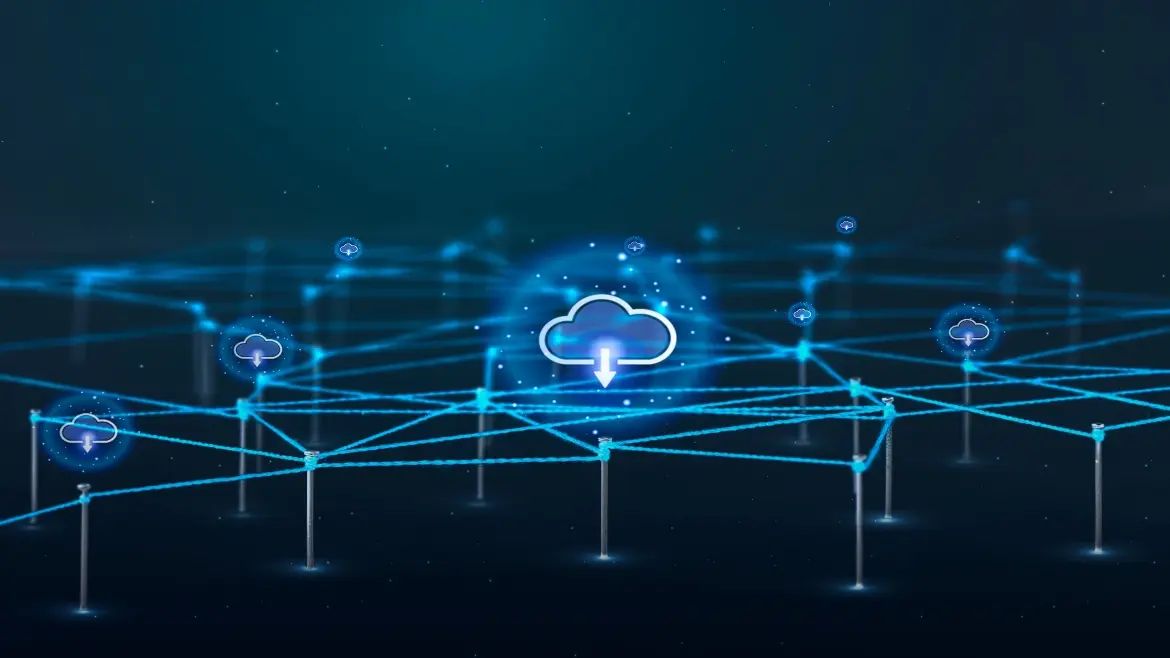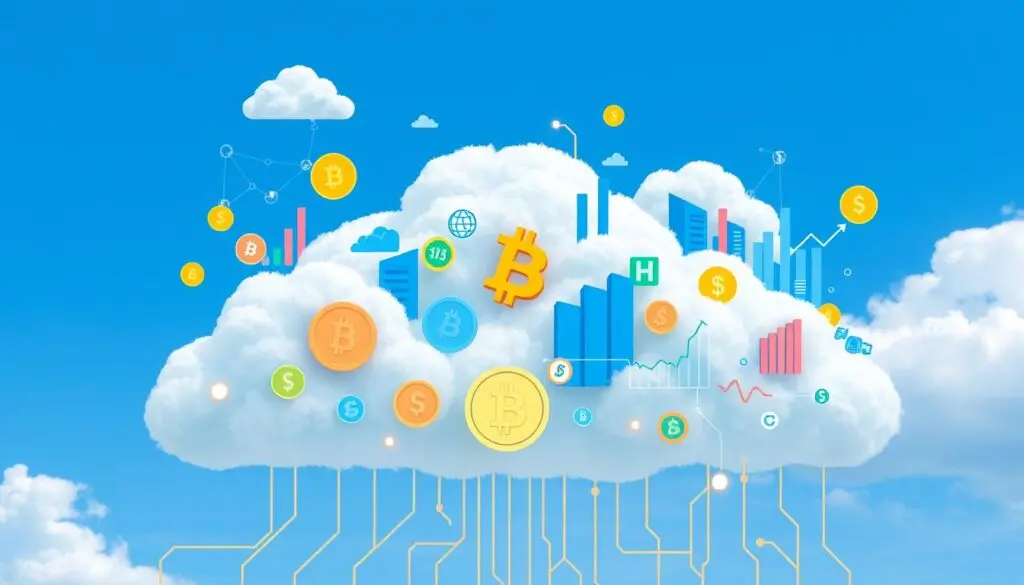
Key Concepts of Cloud Security Architecture
- Shared Responsibility ModelCloud Provider vs. Cloud Consumer: The shared responsibility model outlines which aspects of security are managed by the cloud service provider (CSP) and which are managed by the customer. In most cases, the cloud provider is responsible for securing the infrastructure, while customers are responsible for securing their applications, data, and users.IaaS, PaaS, and SaaS: The level of responsibility varies depending on the service model:IaaS (Infrastructure as a Service): Customers are responsible for securing the operating system, applications, and data.PaaS (Platform as a Service): Customers are responsible for securing the applications and data, while the provider manages the infrastructure and platform.SaaS (Software as a Service): The cloud provider manages the entire infrastructure, while customers focus on securing user access and data.
- Zero Trust Architecture (ZTA)Zero trust is an approach to security where no entity, whether inside or outside the organization, is trusted by default. All access requests are continuously verified, regardless of the user's location or network. This approach requires strict identity and access management (IAM) and monitoring to ensure that only authorized users and devices can access cloud resources.Principles of Zero Trust:Verify identity continuouslyLimit access to the minimum necessary resourcesUse micro-segmentation to minimize attack surfaces
- Data EncryptionEncryption in Transit: Ensures data is encrypted when moving between the user’s device and cloud services. Protocols like TLS (Transport Layer Security) are used to secure data in transit.Encryption at Rest: Ensures that data stored in the cloud is encrypted when it is idle or not actively being accessed. This protects sensitive data from unauthorized access.End-to-End Encryption: Secures data from the moment it’s created until it is accessed by authorized users.
- Identity and Access Management (IAM)IAM is a crucial component of cloud security architecture, helping organizations control who can access cloud resources and under what conditions. IAM includes the use of multifactor authentication (MFA), role-based access control (RBAC), and least-privilege access to ensure that users and devices only have access to what is necessary for their role.Key components:Single Sign-On (SSO): Simplifies access management by allowing users to authenticate once and access multiple applications.Role-Based Access Control (RBAC): Assigns roles to users based on their job functions, limiting access to sensitive data and cloud resources.Multifactor Authentication (MFA): Enhances security by requiring multiple forms of verification (e.g., password, SMS code, biometrics).
- Cloud Firewalls and Network SegmentationCloud Firewalls: Protect cloud environments from external and internal threats by filtering traffic and blocking malicious activities. Cloud firewalls can be integrated with cloud platforms and allow for customizable security rules.Network Segmentation: Involves dividing the cloud network into isolated segments to reduce the potential impact of a breach. Segmentation helps ensure that even if one segment is compromised, other areas of the network remain secure.
- Cloud Monitoring and Threat DetectionCloud environments require continuous monitoring to detect suspicious activities or potential threats. Security Information and Event Management (SIEM) systems are often used to monitor logs and detect anomalies.Threat Intelligence: Using data from global sources to detect and block threats in real-time.Automated Threat Detection: Tools that automatically detect and respond to security incidents, such as Distributed Denial of Service (DDoS) attacks or malware.
- Backup and Disaster RecoveryBackup: Ensures that critical data is replicated and stored securely in case of an incident. This allows for data recovery in the event of a system failure or breach.Disaster Recovery: Cloud-based disaster recovery involves quickly restoring business operations after a failure. This is crucial for maintaining uptime and availability.
- Compliance and GovernanceOrganizations must ensure that their cloud infrastructure complies with various regulatory requirements (e.g., GDPR, HIPAA, PCI DSS). Cloud security architecture should include compliance controls to enforce data privacy, security standards, and auditing.Cloud Governance: Refers to the policies and practices used to manage cloud resources, ensuring they are used in a secure, compliant, and efficient manner. This includes the use of automated compliance checks, auditing tools, and continuous policy enforcement.
Best Practices for Cloud Security Architecture
- Data Encryption EverywhereEnsure that all sensitive data is encrypted both in transit and at rest. Use strong encryption standards and manage encryption keys securely.
- Implement a Strong Identity and Access Management StrategyUse IAM to enforce strong authentication methods, such as multi-factor authentication (MFA), and adopt a least-privilege access model to minimize unnecessary access to resources.
- Continuous Monitoring and Incident ResponseUse SIEM systems and other monitoring tools to continuously track and analyze activity in your cloud environment. Have a clear incident response plan in place to detect, contain, and mitigate security incidents swiftly.
- Security AutomationAutomate security processes such as vulnerability scanning, patch management, and policy enforcement to ensure consistent security practices and reduce the likelihood of human error.
- Establish a Backup and Disaster Recovery PlanImplement a comprehensive backup strategy and disaster recovery plan to ensure that critical data can be quickly restored after a breach or system failure.
- Regular Security Audits and Compliance ChecksConduct regular security audits to identify vulnerabilities and ensure compliance with industry regulations. This helps in identifying gaps in the cloud security architecture before they are exploited.
- Educate and Train StaffRegularly educate employees about cloud security risks, best practices, and phishing prevention to reduce the risk of social engineering attacks.
- Evaluate Cloud Providers’ Security FeaturesWhen choosing a cloud provider, ensure they meet your security requirements. Look for certifications like ISO 27001, SOC 2, and FedRAMP, and evaluate their security features such as DDoS protection, data encryption, and IAM policies.
Conclusion
Cloud security architecture is essential to maintaining a secure, compliant, and resilient cloud environment. By focusing on key areas like encryption, IAM, network security, and continuous monitoring, organizations can build a comprehensive cloud security strategy that minimizes risks and ensures the protection of critical data. Additionally, adopting best practices such as security automation, disaster recovery planning, and compliance auditing helps strengthen your cloud security posture and ensures business continuity in the face of evolving threats.
Whether you're just starting to migrate to the cloud or optimizing an existing infrastructure, investing in a solid cloud security architecture is crucial to safeguarding your data and maintaining the trust of your clients and stakeholders.






